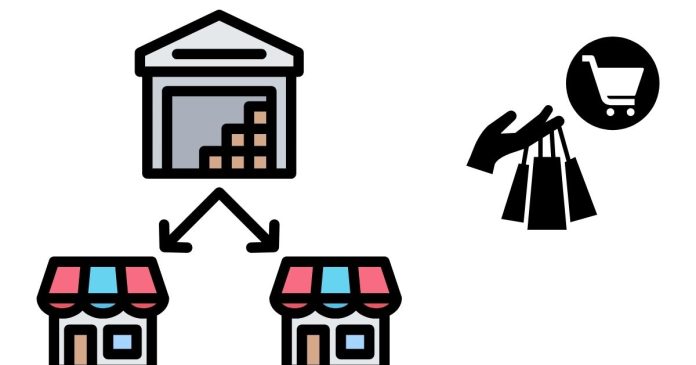The difference between retail price and wholesale price lies primarily in the quantity of goods being purchased, the buyer, and the mark-up applied to the product.
Here’s a detailed breakdown:
Wholesale Price:
- Definition: The wholesale price is the price a business or retailer pays when purchasing products in bulk directly from the manufacturer or a distributor.
- Buyer: Typically, the buyer is a business, retailer, or wholesaler that intends to resell the products at a higher price.
- Quantity: Wholesale prices are offered on large quantities, so the cost per unit is significantly lower.
- Purpose: The goal of wholesale is to supply products in bulk to those who will sell them to consumers. Wholesale buyers purchase goods with the intention of reselling them at a profit.
- Discount: The wholesale price is usually lower because the buyer is purchasing larger quantities, which reduces the overall cost.
Retail Price:
- Definition: The retail price is the price a consumer or end-user pays when purchasing a product from a retail store or an online retailer.
- Buyer: The buyer is an individual consumer who purchases for personal use, not for resale.
- Quantity: Retail prices are set for individual units or smaller quantities. They are typically higher than wholesale prices because they include the cost of the product plus additional costs like marketing, distribution, and the store’s overhead.
- Mark-up: Retail prices are generally marked up from the wholesale price to cover operating costs (e.g., store rent, employee salaries, utilities, etc.) and to generate a profit for the retailer.
Key Differences:
| Aspect | Wholesale Price | Retail Price |
|---|---|---|
| Buyer | Business, wholesaler, or retailer | Individual consumer |
| Quantity | Large quantities (bulk) | Small quantities (individual units) |
| Purpose | To sell products in bulk to retailers or businesses | To sell products to end consumers for personal use |
| Cost | Lower cost per unit due to bulk purchasing | Higher cost per unit due to mark-ups and overhead costs |
| Mark-up | No mark-up (it’s the cost price) | Marked up to cover business costs and generate profit |
Example:
Imagine a retailer buying t-shirts from a wholesaler:
- Wholesale price: The wholesaler sells each t-shirt for $5 (because the retailer buys them in bulk).
- Retail price: The retailer sells each t-shirt for $15 to individual consumers, marking up the price to cover business expenses, including shipping, storage, and employee wages, and to make a profit.
Why the Difference?
- Economies of Scale: Wholesalers offer lower prices because businesses can buy in bulk, reducing the cost per unit.
- Additional Costs: Retailers have to cover the cost of running a store or website, advertising, handling returns, and providing customer service, which is why their prices are higher.
In short, the wholesale price is a lower price for bulk purchasing, and the retail price is the price consumers pay after the retailer adds a profit margin and covers operational costs.


